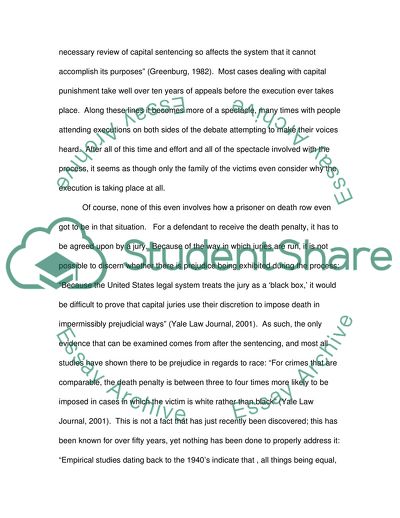Cite this document
(Disparities in Race and Capital Punishment Essay, n.d.)
Disparities in Race and Capital Punishment Essay. Retrieved from https://studentshare.org/social-science/1716316-capital-punishment
Disparities in Race and Capital Punishment Essay. Retrieved from https://studentshare.org/social-science/1716316-capital-punishment
(Disparities in Race and Capital Punishment Essay)
Disparities in Race and Capital Punishment Essay. https://studentshare.org/social-science/1716316-capital-punishment.
Disparities in Race and Capital Punishment Essay. https://studentshare.org/social-science/1716316-capital-punishment.
“Disparities in Race and Capital Punishment Essay”. https://studentshare.org/social-science/1716316-capital-punishment.


